Cactus "Lofofora": features, types and cultivation
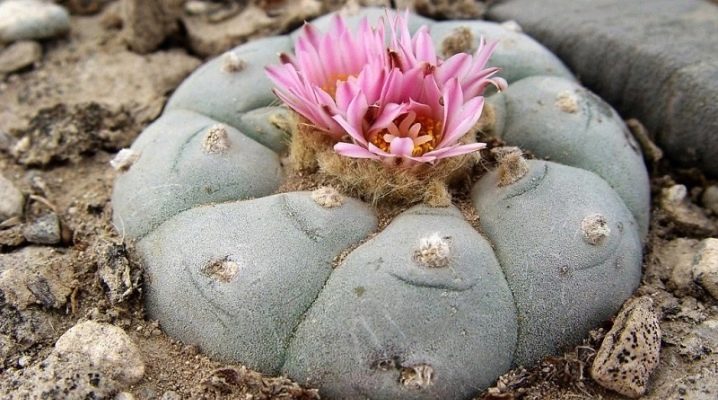
Cacti are indoor plants that have been immensely popular for more than a dozen years. One of the varieties of these representatives of the flora are cacti belonging to the genus "Lofofora". These plants, which are native to Mexico, have an unusual appearance and amazing properties.
Not all lovers of cacti know exactly how to grow them at home, are there any restrictions on the cultivation of "Lophora", which species belong to this group of plants. All of these aspects are discussed in detail in this article.
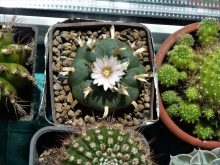
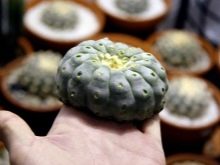
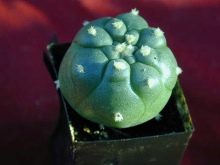
Description
In another way, this plant is called "Peyote". Under natural conditions, it grows on the slopes of small hills surrounded by bushes. The stem of the cactus "Lofofora" is a dense, slightly flattened ball of blue-green color. It is characterized by a smooth surface that is pleasant to the touch. The maximum diameter of the ball is 150 millimeters.
Growing in a pot, "Peyote" is often presented as a combination of several segments, as it were, fused together at the base. There can be more than five of them. Each segment also has its own division, which includes several edges (usually 5). Ribs are parts of the upper region of the stem. Usually all the ribs of a cactus are the same size.

The surface of some cacti is rather bumpy. At the same time, in the center of each individual segment, you can see a special area - the areola. A straw-colored hair bun sprouts from it. For adult plants, its location at the top of the stem is characteristic. It is on this site that buds are formed in the spring, the flowering of which can be observed in the summer season.
During the flowering period "Lofofora" pleases the eye with medium-sized tubular buds, the range of shades of which varies from red to pastel colors. The number of petals of a velvety texture is quite large, and the flower itself reaches two centimeters in diameter.
After flowering, fruit is formed on the cactus. Peyote is characterized by red-pink fruits, which are approximately 20 millimeters in size. Inside them are small black seeds.

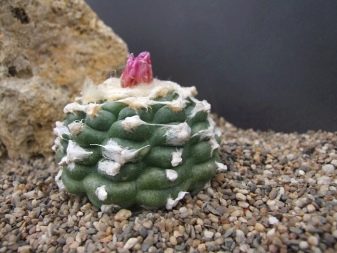
An important characteristic of these types of cacti is their massive root system. The thickness of the root with a significant number of dense processes is not inferior to the stem.
When taking into account the diameter of the root system, all "children" are included in the calculation. Also, the rhizome is characterized by an impressive length that exceeds the stem.
The juice of these succulents has amazing properties. In small doses, it has a healing effect. It is also capable of causing a hallucinogenic effect. No wonder the Indian tribes used this plant in various rituals and shamanic rites. In many countries, the cultivation and distribution of this representative of the flora is prohibited by law.
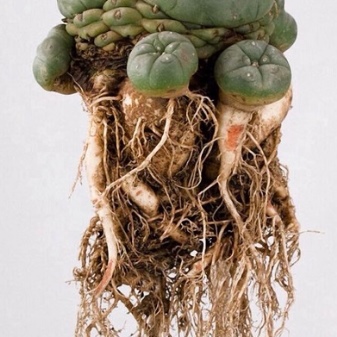
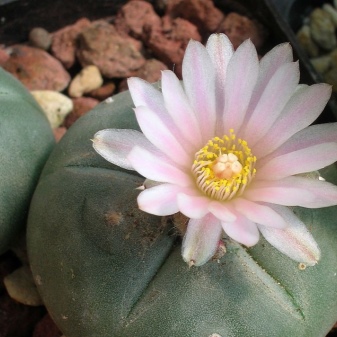
Varieties
The classification of such cacti is most often determined by the composition of their juice. External differences in plants are minimal and often only visible to specialists. At the same time, there were cases when a plant of one type of such cacti showed some signs of another species.
Cactus williams differs in that contains mescaline in the juice, which can cause a strong hallucinogenic effect. It is worth knowing that on the territory of the Russian Federation it is forbidden to grow these plants in an amount of more than two pieces.
The diameter of the stem of such a flower is 120 millimeters, while its height is 70 millimeters. The flower petals of such a cactus are painted in a white-pink tone. Interestingly, the plant can have various forms: comb, five-ribbed, bushy, deceptive, or multi-ribbed.

Variety "Jourdana" grows in height up to 60 millimeters, and its diameter reaches 70 millimeters. The trunk is represented by a set of 14 spiral-shaped ribs. The cactus blooms with red-purple buds.
Grows up to 80 mm in height "Lofofora" varieties of Fritsch. The diameter of this cactus is 120 millimeters. As in the previous version, there are 14 spiral parts on the stem. During flowering, the plant pleases the eye with carmine red flowers.
Large diameter is typical for the spreading "Lofofora". It is as much as 130 millimeters. The stem of the plant has a yellow-green color and a height of 80 millimeters. The flowers are yellow and white.
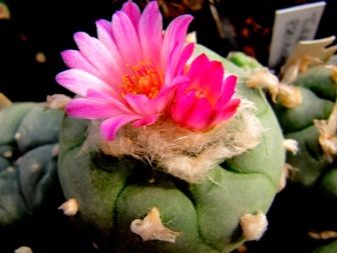
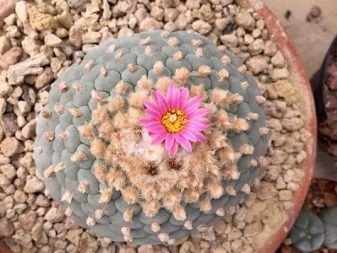
"Hedgehog Lofofora" it differs in a stem with a diameter of 120 mm and 10 ribs of which it is composed. The color of the plant is a rich dark green with a blue tint. The cactus blooms with small white flowers, the fruits are light pink in color.
The most massive trunk, reaching 200 millimeters in diameter, is characteristic of a cactus called greening. Its dark green surface is covered with many ribs. The plant has bright white flowers.
There is also yellow-green lutea of the same kind. Its diameter reaches 100 mm, and the stem has a brownish-gray tint. For such a plant, flowers are characteristic either light yellow or white-yellow in color.
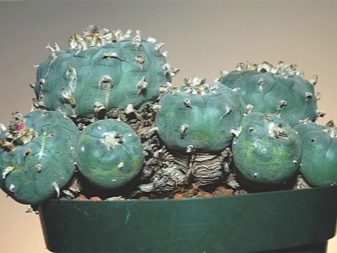

Conditions of detention
In order for a cactus to grow successfully in a house or apartment, you need to create certain conditions for him.
- Artificial diffused lighting should be bright. In the case of exposure to direct sunlight on such a cactus, its stem can change color and slow down the already slow growth. Lighting should be maintained not only in summer, but also in winter.
- The air temperature depends on the season. In the summer, it should be moderate, despite the fact that the Mexican plant can withstand quite high thermometer readings. The optimal indicator is +20 degrees Celsius. In winter, a cactus needs to find a cool place in which the air will warm up to no more than 10 degrees.
- Additional air humidity not recommended for this plant. On the contrary, it will feel more comfortable if the humidity level in the room is reduced.
- Soil acidityin which the plant will grow should be at a neutral level. The soil structure must be loose, therefore it is recommended to mix the soil with nutrients and loosening agents. An excellent option is perlite, turf earth and brick chips, mixed together in a 2: 1: 1 ratio. Also, a useful ingredient will be bone meal, taken in a small amount. The soil mixture should be good for both water and air.
- Given the long root system of the plant, it is important to choose a pot that is suitable for him. Do not forget to drain by placing fine gravel on top of the soil mixture.



Care
It is not enough to correctly land and create all the necessary conditions. It is also important to carry out timely plant care procedures.
- Watering is determined by three factors: soil condition, season, and indoor temperature. In summer, the soil needs to be moistened 24-48 hours after it is completely dry after the previous watering. It is necessary to stop the introduction of moisture at the end of September. In winter, watering is not carried out due to the risk of rot. It is recommended to start moisturizing procedures again in March.
- The cactus should be fed during the stage of its intensive growth. The frequency of introduction of the substance is 1 time per 4 weeks.It is better to buy those fertilizers that are specially formulated for the cactus family.
- If the plant is young, it should be transplanted once a year (in spring). An older cactus needs to be moved to another pot only when its root system becomes cramped in the old container. Long roots can be pruned during transplanting, but no more than a quarter of their length.
Slices must be treated with charcoal and dried thoroughly before moving the plant to a new container.

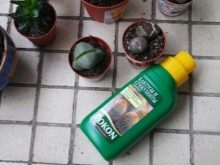

Reproduction
The best way to propagate Lofofora is to plant seeds. They can be sown at any time of the year. This procedure is carried out according to a certain algorithm.
- Take a container that is shallow in depth, put in it coarse river sand and steamed potting soil in a 1 to 1 ratio.
- Lightly flatten the substrate.
- Remove the seeds from the fruits (it is better to carry out this procedure just before planting). Spread them over the soil surface and press evenly into it.
- Sprinkle the seeds with gravel on top.
- In order for the soil mixture to be saturated with moisture, the container must be placed in water for a third of an hour.
- Then it is placed in a plastic container, and covered with polyethylene film on top to create greenhouse conditions with a high level of humidity.
- The seeds should be kept in a room with a temperature of 20-30 degrees above zero. It is also important to provide abundant lighting (at least 12 hours a day).
- Ventilate the soil, and also moisten it when the top layer begins to dry out.
- The first shoots can be expected after two weeks.
- After about 45 days, you will be able to transplant the cacti into separate pots.

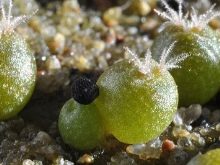
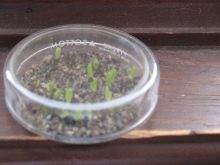
Diseases and pests
Lofofora cacti rarely suffer from parasites or any disease. If all the rules for maintaining and caring for the plant are followed, no problems should arise. If you take care of the crop incorrectly, you can provoke the malfunctioning of the bacteria in the soil in which the cactus grows. For example, over-watering can lead to rot formation.
Many are confused by the too slow growth of the plant. Sometimes it is even mistaken for stunted growth. But in fact, this is a normal phenomenon, since "Peyote" in indoor growing conditions increases per year by no more than 10 millimeters.
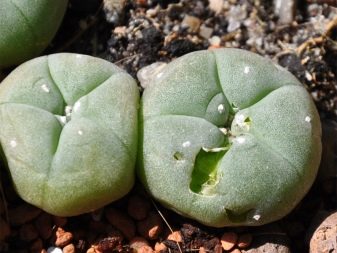

In the next video, you are waiting for the transplantation and pollination of the Peyote cactus.























































The comment was sent successfully.